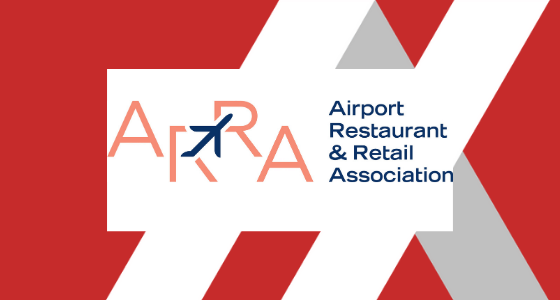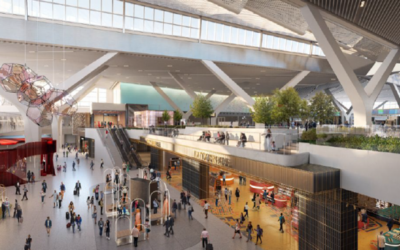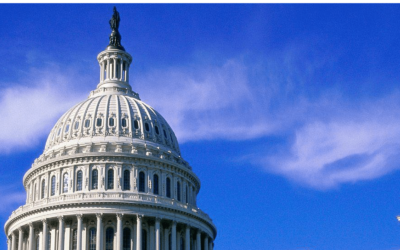Airports are trying to balance the needs of their airline tenants, concessionaires and their own balance sheets as an uneven recovery gains traction, according to Eric Smith, a partner in the law firm of Kaplan Kirsch & Rockwell.
Speaking on the weekly industry call hosted by the Airport Restaurant & Retail Association, Smith said airports are challenged by competing requests for aid while trying to ensure their own financial stability. For example, airlines are asking for assistance but also received separate federal relief funds. The situation is tricky for airports.
“I don’t want to shoot myself in the foot and lose their service,” Smith said. “If I lose it, it’s going to be difficult to get back. But then also I’ve got concessionaires that I can’t let fail. I’m going to give them relief.” At the same time, airports have to think about their own debt service coverage ratios, cash-on hand and other issues.
Smith explained how concessions revenues to the airport are interconnected with the entire aviation system. Airports use concessions revenue – not just in-terminal concessions but parking and rental cars as well – to offset rates and charged to the airlines.
“If you are taking away from non-aeronautical revenue, you’re impacting the airline cost centers, and that may have an impact on your air service,” Smith said. “Then you throw in the federal money…. Most airports have long-term debt and are bound by their debt covenants and need certain debt coverage ratios, meaning their cash on hand, can’t fall below a certain level without hitting a default in their bond.” Further, some airports have capital improvement plans that must move forward. “It’s a hell of a
balancing act,” he said.
Smith maintained that while from the outside it may look like airports have the wherewithal to assist concessionaires to a greater degree, that might not be the case. Airports may have financial commitments that require certain levels of cash on hand, or they may be facing an increase in bond payments, or other situations. “That’s why you saw this apparent inconsistency from the outside looking in,” he said noting the varying actions that airports have taken to aid concessionaires. “There’s a lot of stuff going on behind [the scenes] and maybe the airport’s hands were bound because they had these financial handcuffs on them,” he said. “They had to structure a certain way in order to make things work at their particular airport.”
Ongoing capital projects are also a concern. Concessionaires have voiced frustration that airports continue to build even though traffic is far from the levels of two years ago. Smith said in some cases it can’t be helped.
“Airports are locked into spending on some of this stuff in the near term, and they can’t do anything about it,” he noted. “Some things can deferred, and all of our clients have been really thoughtful and cutting where they can. But it’s tough to explain to other stakeholders that, having worked on these projects in the long-term, we just can’t put the stop on that. We’ve gone out to market and got $300 million in bonds that we’re obligated to draw on. We can’t lose it. And so these are those fixed costs that the airports have that somehow they got to pay for, and it comes from rates and charges from the tenants.”
The challenges come against the backdrop of a still-fragile industry. Recovery appears to be underway, but Smith stressed that rising passenger numbers only tell part of the story. With business travel still floundering and international flights a small fraction of what they once were, the volume is coming from domestic leisure traffic.
“It’s a very different passenger mix and how that’s going to translate into actual revenues for all of the stakeholders remains to be seen,” he says. “I know from an airline standpoint, their yields, aren’t what they were pre-COVID because flights are priced differently. It remains to be seen as to what a real recovery is going to look like and in what timeframe. The key is having a plan [to operate] in an effective way that takes into account all of the needs of your stakeholders, so that you have a vibrant concessions plan on the other side of that wall, whenever it may be.”
Regarding airport-concessionaire relationships, Smith said most airports will likely be flexible going forward and not demand full payments on leases drafted pre-pandemic.
“What I see the sweet spot being is that at some point [lease terms] may kick back in, but tie it back to recovery on passengers,” he said. “From an airport standpoint, we don’t want anybody to fail. So the rational thing to do is restructure,” particularly for 2020 and 2021. He added: “Then we can reevaluate how we’re looking in ‘22 and ’23, but the key is keeping everybody alive and get through this.”






